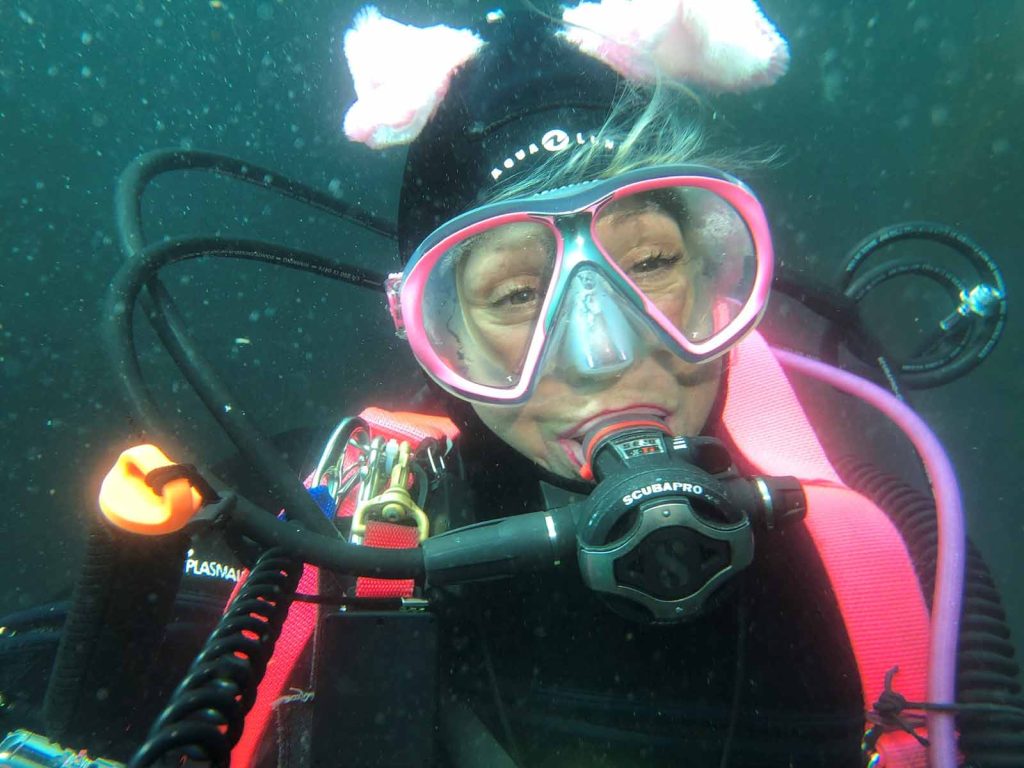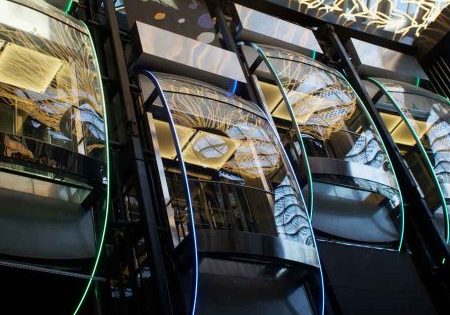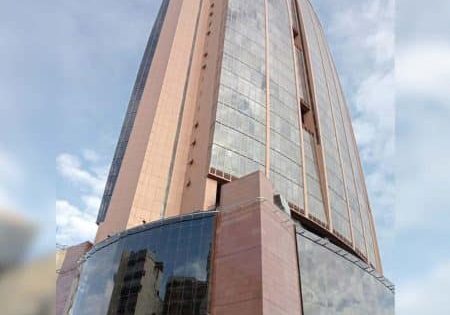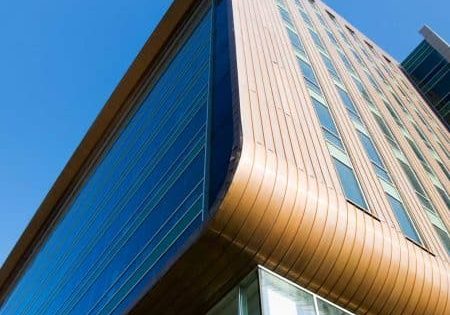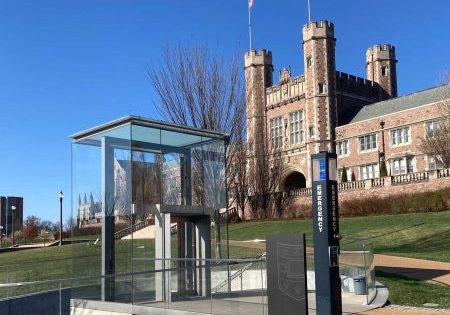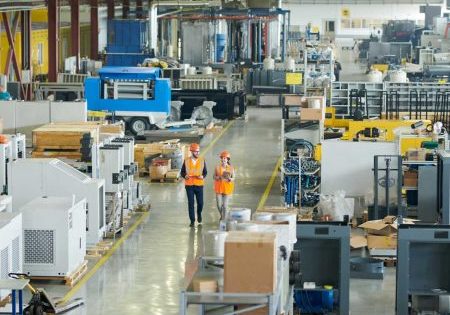On the Move With Khrystyna Cusimano
Oct 1, 2024

How a marine scientist went from accessibility to VRCs and more as PFlow’s western regional manager and owner
photos courtesy of Khrystyna Cusimano

Growing up on a small island off the New Jersey coast called Long Beach Island, Khrystyna Cusimano will tell you she has saltwater in her veins. She earned a degree in marine science from Orange Coast College in Costa Mesa, California, and became a staff instructor and an Instructor Development Course staff instructor for the Professional Association of Dive Instructors®. Her self-described passion, marine science — though rewarding — didn’t pay all the bills, however. So, Cusimano went to work for CVS Pharmacy, Inc., serving as a regional manager for pharmacy interns in the tri-state area of New York, New Jersey and Connecticut. She’s a people person, so the job fit her personality. One day, at a Soroptimist International, Cusimano sold a bunch of raffle tickets to a man who converted and sold handicapped-accessible vans. He recruited her to come work for him, telling her, “You have the right amount of care for people and excitement about making money to make you perfect for this job.”
From there came a career in sales with Brunswick Mobility selling products from AEVITTM, a company that manufactures electronic mobility controls such as joysticks for wheelchair-bound people who drive cars and software systems that link vehicles and wheelchair lifts. One of the companies with which AEVIT worked was Sarasota, Florida-based mobility specialist Harmar, which recruited Cusimano. “That’s when I got into vertical platform lifts (VPLs) and wheelchair lifts,” she said.
Originally based in New Jersey with Harmar, the company eventually moved her to California. She didn’t mind, though, stating:
“I learned early on that I’m not someone who can sit in a cubicle or in an office for very long. I have to be out there and active. What’s great about the lifting industry is you’re always out there. With Harmar, it often involved going to someone’s house to solve a specific mobility problem they were having. In the vertical reciprocating conveyor (VRC) world, it’s often traveling to meet with architects to teach them about (PFlow’s) product(s) and when they need to spec them in. It’s always a different day, and it always involves solving problems. I love that.”
Cusimano joined Milwaukee, Wisconsin-headquartered PFlow Industries, Inc., in October 2018, now serving as the company’s western regional manager/ owner based in Huntington Beach, California. Prior to PFlow, she was Harmar’s West Coast territory business manager for nearly five years. In addition to seeing different parts of the U.S. and the world, Cusimano is continually amazed by PFlow’s unique VRCs and prolific output. The company has more than 20,000 units out in the field, including:
- Approximately 70 units that lift more than 20,000 lbs
- More than 20 units that lift more than 30,000 lbs
- More than 10 units that lift more than 40,000 lbs
- Four units that lift 80,000 lbs
- One unit each that lift 110,000 and 264,000 lbs
During the 2024 United Convention and Expo in Atlantic City, New Jersey, in September, Cusimano led an educational session titled “Buildings, Jets and Whales, Oh My!” providing attendees with an in-depth look at VRC applications and their benefits across different industries. PFlow has the distinction of building a custom six-post lift for the Rubin Observatory in Chile that lifts and lowers the lens of the world’s largest telescope, a series of VRCs that transport cold beer to National Football League fans throughout Hard Rock Stadium in Florida and custom units for everything from hoagies to clothes to marshmallow Peeps to Harley-Davidson motorcycles. All the systems are impressive in their own way, but the real heavy lifters tend to grab the spotlight. “When we talk about things like a 20 X 20 ft deck with 80,000 lbs of lifting capacity, that’s a whale; we’re kind of like the whales of the lifting world,” Cusimano observed.
When she’s not at work, Cusimano can most likely be found — surprise — underwater. Her presentation at United was more photograph- than text-heavy. “My aim is to engage people, make them laugh and remember what they learned, not just sit there and read slides to them,” she said, joking that ELEVATOR WORLD should create an Ellie for “Best United Presentation.”
One of Cusimano’s slides at United showed several sharks with which she was swimming in Fiji a few years ago. She loves sharks, and believes they and humans can peacefully coexist. Like other creatures that can scare people (snakes and spiders come to mind), sharks won’t bother you if you’re not bothering them, she pointed out. Looking at the shark photograph from Fiji, she said:
“If you look at how close she is to me, it looks like I could reach out and touch her. And I could have. If you look at her nose — or what would be a nose on a human face — you see two little dots on either side. These are gel-filled holes that she uses to sense where her prey is. When you need to divert a shark, you put your hand to the ‘nose’ area and wave it away from you.”
Cusimano’s visit with the Fijian school of sharks presented both fear and opportunity. Of course, it’s not as extreme, but a parallel can be drawn between the passenger elevator and VRC industries, she said. “A lot of people look at VRCs and say they don’t want to quote it or include them in their VT systems,” she said. “In a way, they fear it. What I say is, ‘Why are you leaving money on the table?’ When you learn about (VRCs) and their capabilities, they become your friends with whom you can realize success as business partners.”
More and more, she said, a symbiotic relationship between elevators and VRCs is being realized. Sometimes it’s the elevator dealer who will reach out to PFlow; other times, it’s the architect. Often, Cusimano said, an elevator and a VRC will “back up right next to each other.” In hotels, for example, property managers don’t want paying guests and furniture and laundry, for example, traveling together in the same conveyance. There are service elevators, of course, but alternatively, there are VRCs — the non-passenger conveyance that adheres to ASME B20.1, which PFlow, in fact, helped write.
Get more of Elevator World. Sign up for our free e-newsletter.
